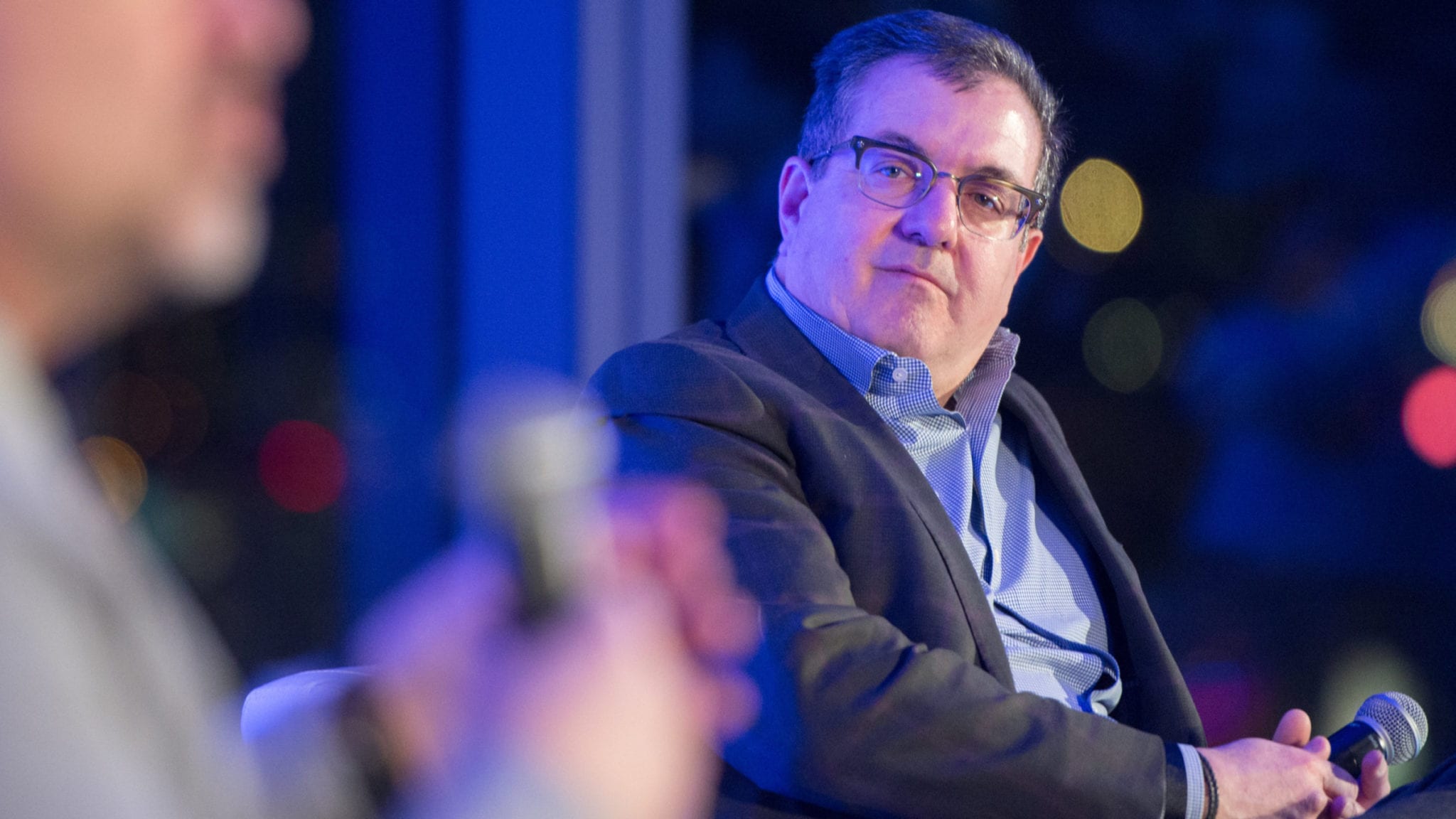
John Maraganore makes a bold promise ahead of #JPM21 — aiming to take Alnylam into the ranks of biotech's best
Alnylam CEO John Maraganore is a big fan of five-year plans, and with JPM21 kicking off this week, he revealed his company’s newest ambitious goal — become a “top 5 biotech” by 2025.
The objective is one of many Maraganore outlined in his strategy for the next five years, which the Cambridge, MA-based company announced Sunday. Among the other goals, of which not-so-coincidentally there are five, he hopes to:
Unlock this article instantly by becoming a free subscriber.
You’ll get access to free articles each month, plus you can customize what newsletters get delivered to your inbox each week, including breaking news.